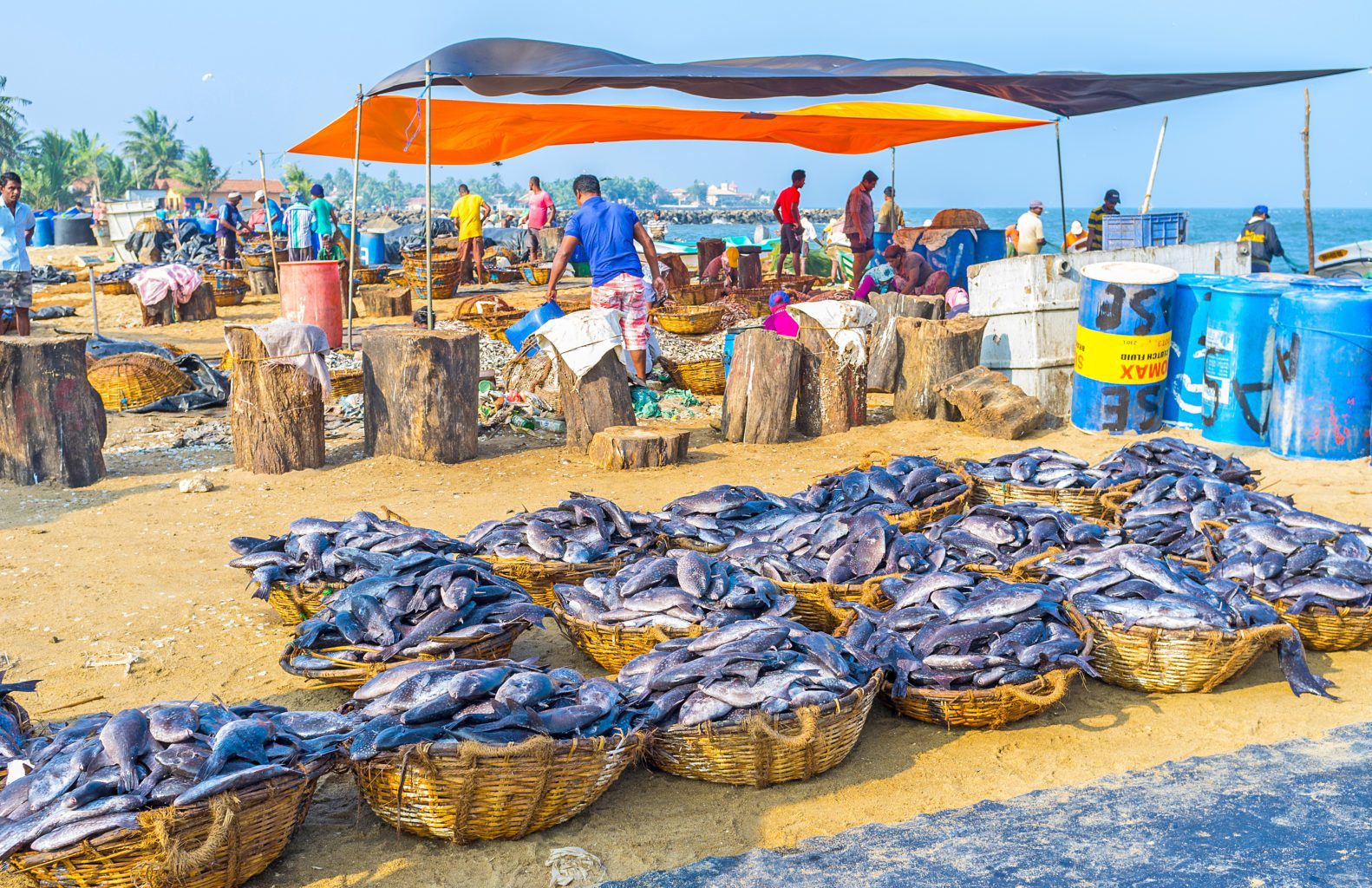Blockchaining offers buyers the transparency of understanding exactly what happened to cargo for the duration of its journey and is a helpful tool in the perishables market, but that doesn’t exactly translate to efficiency in the labeling issues we face with seafood commodities. While there are some issues with paperwork being interchanged or mistakes being made in the chain of custody, the bulk of labeling issues aren’t caused by mistakes and are instead issues of fraud, where one fish is intentionally mislabeled as a more expensive fish.  Blockchaining is useful for providing detailed information on the chain of custody, and in the perishable market, that information can include temperature excursions, time, locations, humidity and motion; it will not solve the issue of intentional mislabeling where the issues arise.
Blockchaining is useful for providing detailed information on the chain of custody, and in the perishable market, that information can include temperature excursions, time, locations, humidity and motion; it will not solve the issue of intentional mislabeling where the issues arise.
Blockchaining uses a network of connected sensors attached to virtually any object to provide a complete record of information on the life of that object. Exceptionally useful in air cargo to speed customs clearance and avoid theft, the chain of custody issues common in other commodities aren’t among the same nature as seafood labeling.
In 2014, a team of Maersk IT specialists conducted an experiment tracking a 40-foot container full of time- and temperature-sensitive avocadoes and roses on a 6,500-kilometer journey from Kenya to the Netherlands in order to document the entire process of handling and transportation in the perishable market. The shipment experienced over 200 individual interactions with 30 people over the voyage highlighting the issue of opportunity in mishandling documentation or making mistakes with the cargo. However, even before the documentation has a chance to be lost or changed, there is the question of what commodity is in the container at the start. Granted, in this case we know it was a shipment of avocados, however in the case of fish, it’s much harder to know exactly what commodity was put into the container if documents were falsified at the catch.
This isn’t intended to discredit the importance of blockchaining, especially in the perishables market. CFI goes to great lengths with using sensor monitors to determine the chain of custody and protect our perishables. However, we feel it necessary that blockchaining isn’t the final solution to the fish labeling fraud issues. We work diligently with international and governmental bodies to increase awareness and prevent abuses at the onset so those sensors are bringing us data that is correct from the moment your fish enters our custody, until it arrives on the plate.
For more information about fish labeling or blockchaining, CFI is on hand 24/7 to advise and assist on all of your perishable shipments.



